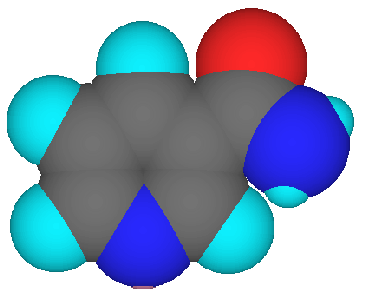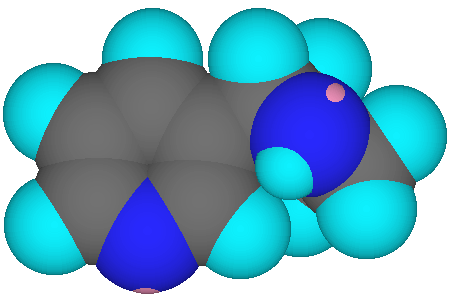

In addition to the tars in cigarette smoke there is a "dark side" to nicotine at the molecular level. By increasing its hydrophobic nature, the methyl group on the amine and the alicyclic structure (in back) probably make nicotine partition into the membrane where the monooxygenase is located. This is particularly problematic since increased concentrations in the membrane make this drug more effective at blocking the desirable activities of the monooxygenase.
Though perhaps not "politically correct", there is every scientific indication that nicotine is an addictive substance, as any smoker who has tried and tried and tried........to quit will tell you. With other considerations included in this web site, this similarity explains why even smokeless tobacco products increase the risk of cancer. You don't have to smoke or even "inhale" to increase your risks. You do so when "chewing", "dipping", or "doing snuff", when around someone else who is smoking, and perhaps even when wearing "patches", if you don't use them to quit smoking altogether. Considering these striking homologies, the craving for nicotine might be due, in part, to a misplaced "hunger" for the nutrient, vitamin B3, whose absorption and utilization are probably messed up by the presence of the drug.
GO TO:
| Home | Overview | People | Journal | Nutrition |
| Environment |
|
WWW Links | Outline | e-mail us |